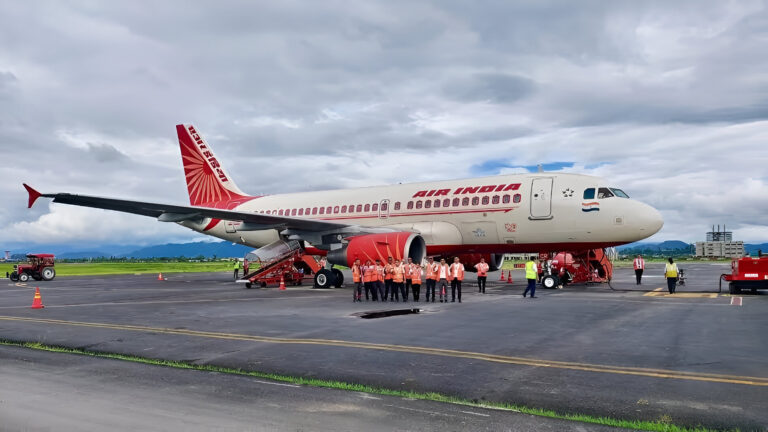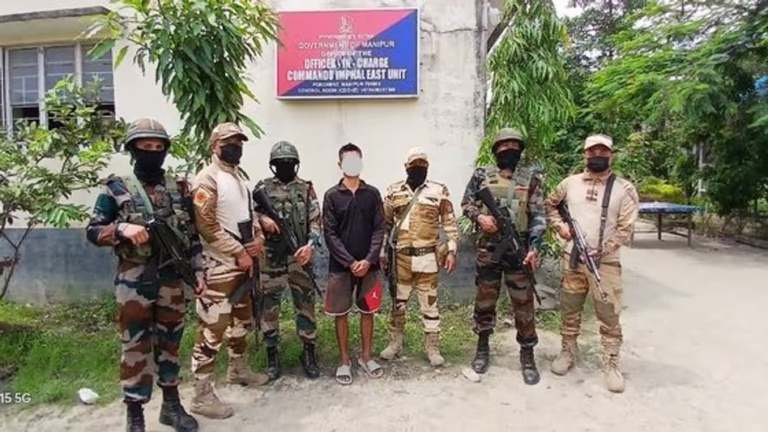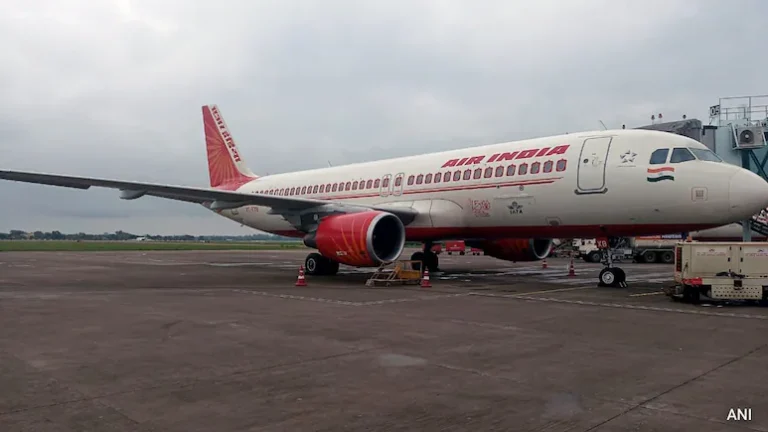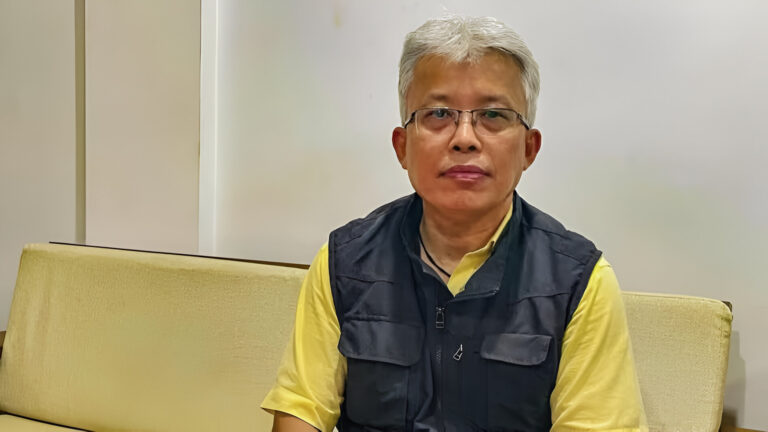Manipur Crisis: Displaced People Demand Resolution and Rehabilitation
Summary
Displaced people in Manipur’s Sawombung shelter held a protest, demanding urgent government intervention to resolve the ongoing crisis and allow them to return home. Since being displaced in 2023, they’ve faced economic hardship, inadequate resources, and mental health challenges. Organized by local civil organizations, the protesters condemned authorities’ inaction and appealed for genuine leadership and lasting peace.
Full Article
Introduction
Imagine being uprooted from your home overnight, forced to live in makeshift shelters, and struggling to make ends meet. This has been the reality for thousands of Manipur residents displaced due to ongoing civil strife. While government rations provide some relief, they are not enough to cover daily needs. Many displaced families are left seeking odd jobs, facing mental strain, and waiting for a resolution.
For Manipur’s displaced communities, peace is more than a word; it is a plea for stability, dignity, and a return to normal life. This article explores the recent protest in Sawombung, where residents demanded government action and a swift, peaceful end to the crisis.
Background of the Crisis
Roots of the Conflict
The issues in Manipur stem from longstanding ethnic and territorial disputes, economic tensions, and political grievances. This has created a landscape of conflict, dividing communities and leading to repeated clashes. The violence that erupted in May 2023 has only worsened, affecting thousands of families and forcing them into temporary shelter camps like Sawombung. In such camps, the displaced endure poor living conditions, limited access to work, and constant uncertainty about their future.
Living Conditions and Daily Struggles
In Sawombung, residents share stories of resilience. Many feel that the limited government aid is merely a Band-Aid for a deeper wound. They long to return home but are held back by the instability and lack of resolution. Frustration, hopelessness, and a collective sense of injustice fuel their calls for immediate governmental intervention. The displaced face the dilemma of working to survive in an unsafe environment or waiting for aid that seldom arrives.
The Sit-in Protest at Sawombung
Organized Resistance and Unity
Civil organizations, including Apunba Awonba Manipur Amagidamak (AAMA) and the Kanglei Women Welfare Association (KWWA), joined forces with affected residents to organize a sit-in protest. Their message is clear: it’s time for both the state and Central government to recognize and address the severity of the crisis. They urged leaders to take swift action, hold dialogues, and focus on bringing peace to Manipur.
Voices from the Ground
During the sit-in, residents expressed frustration with the government’s perceived indifference. One resident, Ngangbam Amutombi, highlighted the toll that displacement takes on mental health, citing a rise in anxiety and despair among the displaced. She shared that many have been forced to take on various jobs to meet their families’ needs, yet these efforts are far from sustainable in the long term. Another resident, Khaidem Ibohal, voiced anger over the government’s silence, questioning why no progress has been made toward peace and rehabilitation.
Key Demands of the Displaced Community
Permanent Housing and Rehabilitation
Displaced families are urging the government to expedite the rehabilitation process. While temporary shelters provide basic shelter, they lack adequate amenities and are not a permanent solution. The displaced community is calling for a structured plan to relocate them back to their homes with full support for rebuilding their lives.
Mental Health Support
The extended displacement period has impacted the mental health of many, including children, who struggle with the trauma of their experiences. Civil organizations emphasized the need for mental health resources within the camps to address the crisis’s psychological toll.
Improved Economic Opportunities
Without a stable income source, many displaced people find themselves in dire financial situations. Government rations are insufficient, and there is an urgent need for economic assistance programs that provide job training, local employment opportunities, and support for self-sustaining businesses.
Government’s Role and Public Response
Inconsistent Government Support
Government support has been inconsistent, and there is growing dissatisfaction with the pace of government action. Protesters argue that the state’s response has been reactive rather than proactive, and they hope the protest at Sawombung can draw attention to their plight and expedite solutions.
Community-Led Initiatives for Change
Local organizations are stepping up, creating support networks within the shelters. They help address immediate needs, such as food distribution, counseling, and legal aid, while advocating for their communities. However, these efforts are insufficient without significant governmental intervention to address the root causes of displacement.
The Path Forward: Building Peace and Stability
Restoring Trust in Government
A recurring theme among the displaced is a desire for leaders who genuinely understand their struggles. For peace to be restored, there must be an open line of communication between the government and affected communities. Only through transparency and accountability can trust be rebuilt.
Creating Lasting Solutions
Long-term stability in Manipur requires addressing underlying issues, including social inclusion, economic development, and conflict resolution. Policies aimed at reconciling communities and creating equal economic opportunities will be essential for a peaceful Manipur.
Future of Displaced Families in Manipur
The displaced communities in Manipur hope for a future where they can live with security and dignity. For them, returning home would mean more than just rebuilding—it would be a step toward reclaiming their identities and restoring a sense of normalcy.
Conclusion
The protest at Sawombung was not just a gathering; it was a powerful statement from people who refuse to be overlooked. Their demands for rehabilitation, mental health resources, and economic support reflect the struggles faced by Manipur’s displaced population. As they wait for a response, these families continue to call for peace and stability, hoping that their voices will be heard and their lives restored.
FAQs
1. What is the main cause of displacement in Manipur?
Ethnic tensions and violent clashes since 2023 have forced thousands from their homes in search of safety.
2. How are the displaced people in Sawombung managing day-to-day needs?
They rely on government rations, but many take on odd jobs to supplement their income, as rations are insufficient.
3. What are the key demands of the protestors?
They are calling for rehabilitation, mental health support, economic opportunities, and a permanent resolution to the crisis.
4. Who organized the sit-in protest in Sawombung?
The protest was organized by local organizations like AAMA and KWWA, who work with displaced communities.
5. What steps can the government take to resolve the crisis?
The government could increase rehabilitation efforts, improve mental health support, and address underlying tensions through dialogue.



